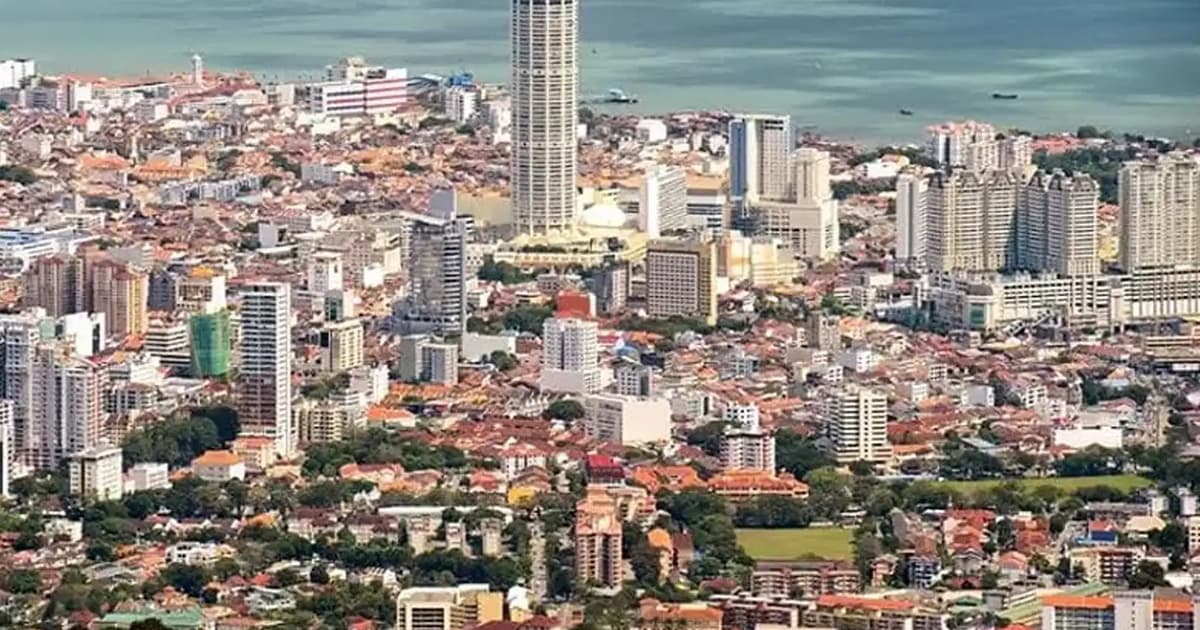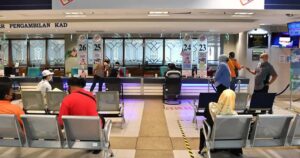
An association of Penang ratepayers has called for proposed new quit rents to be postponed until 2029, pending public engagement and a review of all existing quit rent structures.
Ratepayers Penang president Lee Kim Noor said the increased rates to be imposed next year was unjustified, and the state government was relying on a weak argument that rates had not been increased in 30 years.

She said the number of landed and high-rise properties had grown exponentially over the past 30 years and the current revenue “should be more than sufficient to fund state operations without imposing additional hardship on the rakyat”.
Under the new rates from Jan 1, quit rent on individual homes in urban areas is raised by 16 sen per square metre to 70 sen per sq m, from the current 54 sen, and the rate for rural land goes up by 22 sen to 50 sen. Businesses will pay RM3.25 per sq m in urban areas and RM2.80 in rural areas, while the industrial rate is raised from RM1.29 to RM3.25 per sq m.
A minimum payment of RM70 per lot will be charged for land in urban areas, and RM50 for rural lots.
Lee proposed a waiver of the minimum payment, or a discount on the base rate for ratepayers who opt to receive their quit rent statements online.
Penang chief minister Chow Kon Yeow, who announced the new rates this morning, said the 30-year delay in reviewing the rates had deprived the state government of an increase in revenue for a long time.
However, Lee said the current classification of land under only two categories, urban and rural, was overly simplistic. She questioned if it was based on valuation data, zoning maps or arbitrary designations. “Were assessments conducted by the valuation department, and is the data publicly available?” she said.
Lee also said there is insufficient transparency in how rates are determined for the various zones.
“For example, a blanket classification of ‘Balik Pulau’ as a town is misleading. While the town centre may qualify, its outer areas remain rural and should retain village rates to avoid burdening low-income residents.
“We urge a more granular, data-driven zoning approach to classification and rate assignment,” she said.
Lee said Ratepayers Penang proposes a separate “tourism” classification instead of grouping all such properties under “Business”.
She said this classification will distinguish between mixed-use residential units and tourism-exclusive properties which generate high income but also contribute to traffic congestion and pollution. These should be taxed at higher rates, she said, in line with sustainability goals and long-term urban planning.
Lee called for public town hall sessions to explain the rationale for the proposed increase and how the additional revenue will be allocated.






